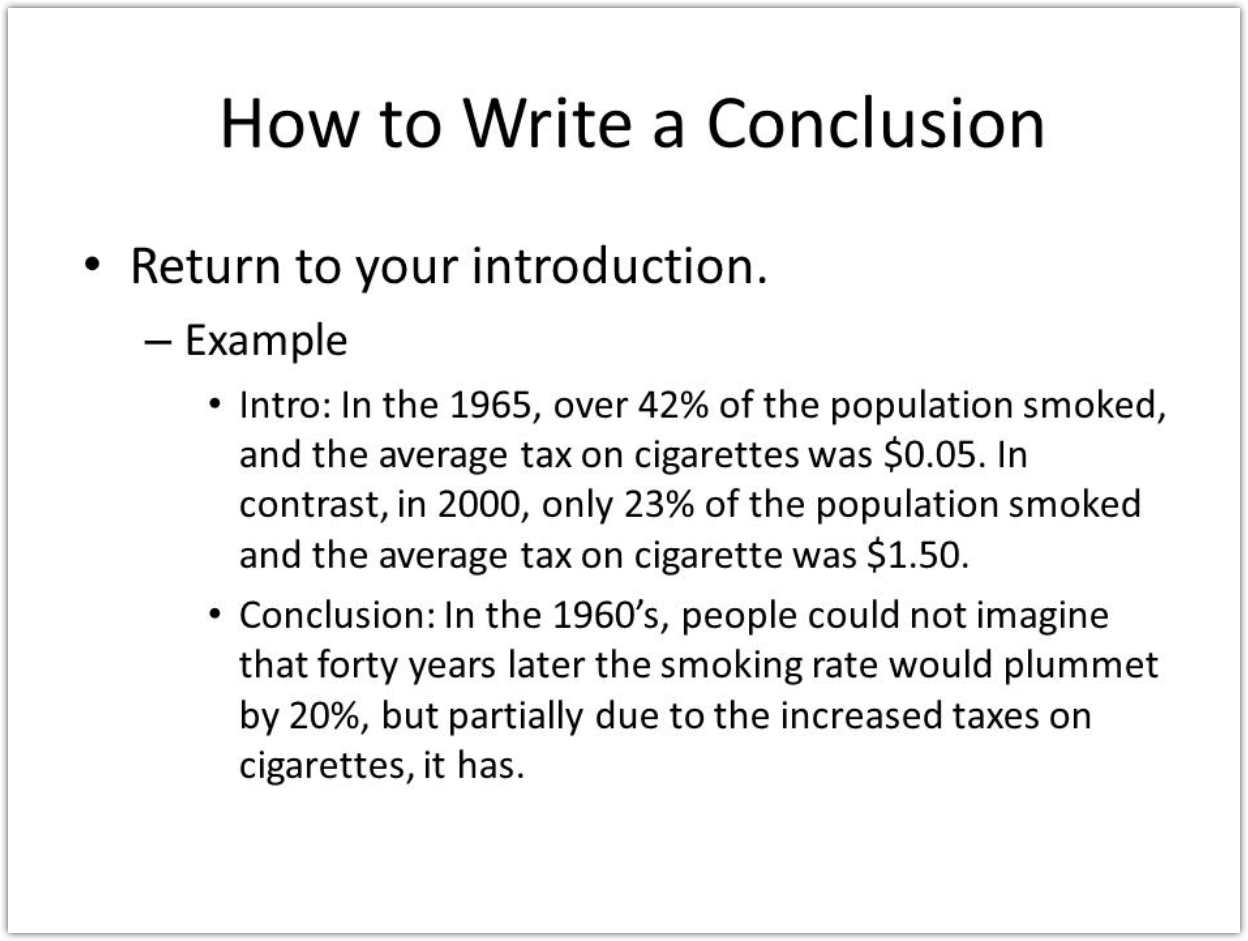
When writing a narrative essay, one might think of it as telling a story. These essays are often anecdotal, experiential, and personal—allowing students to express themselves in a creative and, quite often, moving ways. Here are some guidelines for writing a narrative essay. If written as a story, the essay should include all the parts of a · Narrative essays often read like stories. As a result, conclusion techniques such as a summary paragraph or paraphrasing the first paragraph will probably fall short. The writer must strike the right emotional note, one that evokes meaning and helps the reader to understand why the subject of your essay matters to Writing the Conclusion. In this section, the writer presents his or her thoughts and analysis of the situation and also highlighting the reason why these experiences are important to the readers. Seven Steps for Writing Successful Narrative Essay Examples. Step 1 – Be ready to tell your story
How to End a Narrative Essay | Pen and the Pad
In the conclusion of a narrative essay, you impart your takeaway message, a lesson or a reflection -- a new discovery of meaning in life -- to your reader. A narrative essay is one of the many rhetorical modes in writing, how to write a conclusion paragraph for a narrative essay, such as description, comparison and contrast, how to write a conclusion paragraph for a narrative essay, definition, argument, evaluation, illustration, classification, cause how to write a conclusion paragraph for a narrative essay effect, process and analysis.
But, for the conclusion to work, all parts of the narrative essay must build toward it. Open your introduction with the overall background information about the significant event, person or object, explaining why you have decided to write about it. You can further enhance your background information by using sensory perceptions -- such as visual, tactile, olfactory, and auditory images -- to enhance the description of the event.
In the ensuing body paragraphs, organize the content according to how the event occurred chronologically -- such as first, second and third -- or by what the event has taught you in three significant areas of your life. For example, you can say your auto accident taught you the following three important lessons: never drive drunk, accidents can happen to anyone anywhere and life is more valuable than a few drinks.
Use these three lessons as your topic sentences in each body paragraph, supported by real life examples based on your personal observation and experience, again, using personal details. Ordering your narrative essay chronologically in the sequence of how the event has unfolded makes your story flow better. But by ordering your body paragraphs with the lessons you have learned, you are showing your critical ability to describe an event in the introduction -- a simple task -- and then taking off from that simple event to a critical thinking, such as lessons learned -- a more complex task.
However, either way of organizing your narrative will be fine as long as you offer a takeaway message in your conclusion. The conclusion of narrative essays is not different from others types of essays: it provides a sense of awakening, a moment of sudden realization, inspiration, recognition, insight and comprehension so that the readers will take away this epiphany you are trying to share.
You might say something like: "I realized that drinking and driving do not mix and that my life -- and the lives of others -- may depend on my remembering this. Yoon Kim earned a Ph.
in English from Oklahoma State University. His editing experience includes Ph. Regardless of how old we are, we never stop learning. Classroom is the educational resource for people of all ages. Based on the Word Net lexical database for the English Language.
See disclaimer. How to Write Narrative Conclusions YOON KIM CLASS. Explore this article Narrative Essay Organizing Body Paragraphs Transitional Devices Closing Narrative Essays. references 1 Evergreen, A Guide to Writing with Reading; Susan Fawcett. About the Author Dr. Related Articles. Classroom About Contact Feedback Legal Accessibility Terms of Use Privacy Policy Copyright Policy Manage Preferences.
How To Write A Conclusion Paragraph For Narrative Essay (Tutorial Video)
, time: 0:34Ending the Essay: Conclusions |
Conclude by linking the last paragraph to the first, perhaps by reiterating a word or phrase you used at the beginning. Conclude with a sentence composed mainly of one-syllable words. Simple language can help create an effect of understated drama · How to conclude an essay: Restate the thesis by making the same point with other words (paraphrase). Review your supporting ideas. For that, summarize all arguments by paraphrasing how you proved the thesis. Connect back to the essay hook and relate your closing statement to the opening one Writing the Conclusion. In this section, the writer presents his or her thoughts and analysis of the situation and also highlighting the reason why these experiences are important to the readers. Seven Steps for Writing Successful Narrative Essay Examples. Step 1 – Be ready to tell your story

No comments:
Post a Comment